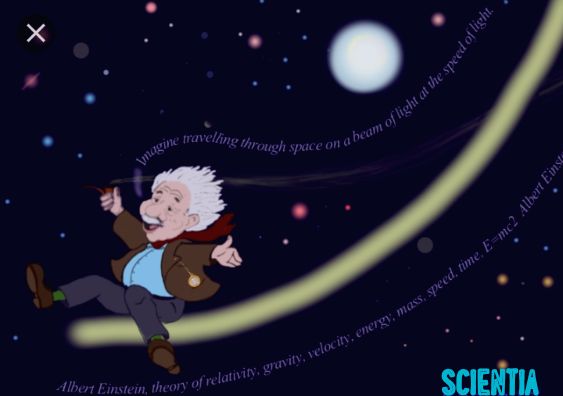Nadia Drake recently discussed the Theory of Relativity proposed by Einstein and how it applies to the behavior of a black hole as well as the effect of a black hole on a star passing by.

Einstein’s theory states that light loses energy when struggling in an extremely strong gravitational field. Black holes are regions of space with an intense gravitational field which lets no object or any kind of radiation escape, pretty much similar in concept to the Bermuda triangle.
Experiments performed to directly test the effects of a black hole on gravity illustrate that as stars whip around a black hole stationed at the center of our galaxy, there is an obvious decrease in the speed of the starlight.
Astronomers, though, are hoping to find evidence against general relativity working in environments with extreme gravity. Presently, Einstein rules.
Further insight into the theory of relativity shows that gravity affects light as well and that massive objects warp any light moving around them. Astronomers are excited to share that even though not true for the whole galaxy, at its center stars are actually moving due to the potent gravitational speed. Sagittarius A* is moving around it, completing an oval-shaped orbit in 16 years time at a speed of 15.5 million miles/hr, nearly three percent of the speed of light. The main star is called So-2. After gathering further data since 1995, scientists have computed a 3D model of the shape of the orbit.
Ghez’s team’s findings simply show that when So-2 is closest to SgrA*, the black hole acts like a speed breaker, slowing the star’s light as it escapes into the cosmos. This causes So2’s light to stretch towards less energetic red wavelengths, slowing down by 125 miles/s.
Scientists used this procedure previously to test general relativity on weaker gravitational fields in our solar system. Other scientists like the GRAVITY team from Max Plank Institute of Extraterrestial Physics in Germany also detected the same redshift in So2’s light. Even though both teams concluded with the same results, the principal investigators do state differences in interpretations. Ghez suspects errors in the data while team GRAVITY is positive about the future of this area’s research.

Aniqa Mazhar is a graduate of QAU in Biochemistry. She has taught sciences to O levels and is currently planning for her MS in Food Technology. Aniqa’s hobbies are reading, watching movies, writing, calligraphy, long walks, and nature photography.

